MobileActive.org recently launched the Mobile Media Toolkit, a resource for professional journalists and citizen reporters who want to use mobile phones to create and share news about the world around them. If you want to learn more about using your phone as a media tool, the Mobile Media Toolkit has guides, how-tos, and real-world case studies that can help you learn the best tips, tricks, and tools for mobile reporting.
One of the sections of the Mobile Media Toolkit focuses on creating content – using a mobile phone for photography, audio, and video recording. The section focuses on basic feature phones and smartphones, so the content is applicable to a large number of users.
Creating Audio:
Mobile phones, as an audio medium, are excellent tools for creating audio content. From radio broadcasts, to podcasts, to audio slideshows, anyone can use a mobile phone for audio reporting. In order to use a phone for audio reporting, users can do any of three things:
- Use the calling function of the phone to leave an audio message on a service that records your call.
- Record audio directly onto your phone through its microphone.
- Use software or applications to record phone conversations.
While creating audio, it's important to have a good recording environment, which means minimal background noise and ambient sound (such as from air conditioners or fans in a room, or traffic in outdoor settings). Using an extrenal microphone (rather than the built-in mic on the phone) can help cut down on ambient noise as it picks up sound more directly. For recording phone calls, you should warn your interviewee first, as in many states and countries, it is legally required to tell someone before recording them.
Using mobile phones to record audio is simple and sharable, and should be a skill in the repetoire of any mobile journalist. The Mobile Media Toolkit has much more information on recording on audio, including how to edit audio, how to publish and share it, and case studies on how different organizations around the world are using mobile audio reports.
Creating Video:
Videos are a great way to document the world around you, and the ubiquity of mobile phones with video capabilities means that the opportunity for journalists and citizen reporters to capture great video is always growing.
Creating good videos off a mobile phone can add a dynamic boost to news reports, or present a stand-alone story. When recording video, try to some of the Mobile Media Toolkit's advice for creating videos:
- Hold the phone in landscape mode (held horizontally rather than vertically) while recording; most online video players are designed for landscape videos, so filming in this format means you'll get the most from the scene.
- Keep the camera stable; stability is key for smooth video. Use a tripod if you have one, if not, then steady your arms on something solid or film in a sitting or kneeling position.
- Use an external microphone for better sound quality.
- Check the lighting. If you're filming outside, keep the sun behind your subject; if filming inside, then make sure your subject is lit from multiple angles to avoid shadows.
- Film on the highest resolution you have available – if you are not directly uploading/live-streaming the video from your mobile phone, you can always compress the video later on a computer when editing if you need a smaller file size.
There are several options for editing mobile videos; some phones (like the iPhone and the Nokia N series) have built-in editing packages, and smartphone users with iPhones or Windows phones can download third party editing applications. Users can also upload the videos to a computer for richer editing options.
Taking Photos:
Much of the advice for taking pictures is similar to the advice for taking good videos:
- Make sure you have lots of light on your subject to compensate for the small phone lens.
- Keep your phone stable in order to reduce blur.
- Keep the lens clean. The lens on camera phones can get dirty quickly as it is often less protected then the lens on a traditional camera. Remove dirt and debris so that your pictures aren't marred.
- Try not to use the zoom on the camera; photos will be in a higher resolution if you move in to take the picture or later crop the photo in photo editing software.
The Mobile Media Toolkit has links to reviews of the best camera phones, helpful videos on taking good pictures, and advice on the kinds of editing applications and software.
The section also has information for reporting from smartphones, covering everything from how smartphones can be used for live and semi-live reporting, social media applications, personal management (such as taking notes, recording calls, or scheduling interviews), and a summary of applications for a variety of handsets (Symbian, RIM, Android, iPhone, and Windows).
To learn more, check out the Mobile Media Toolkit for more information on creating, editing, and sharing content with your mobile phone.
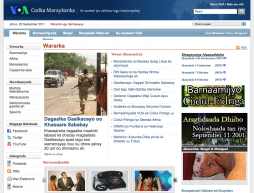
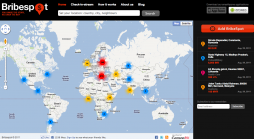
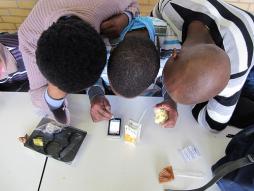

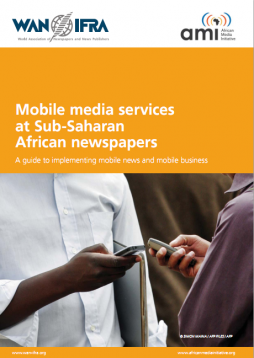
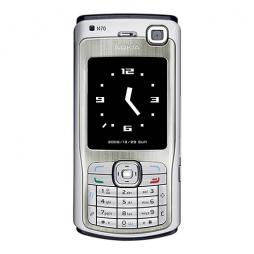
_0.jpg)
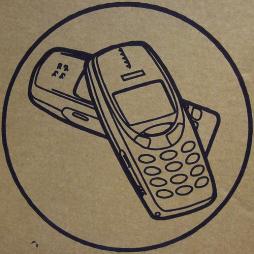
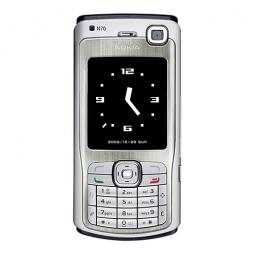
.jpg)
